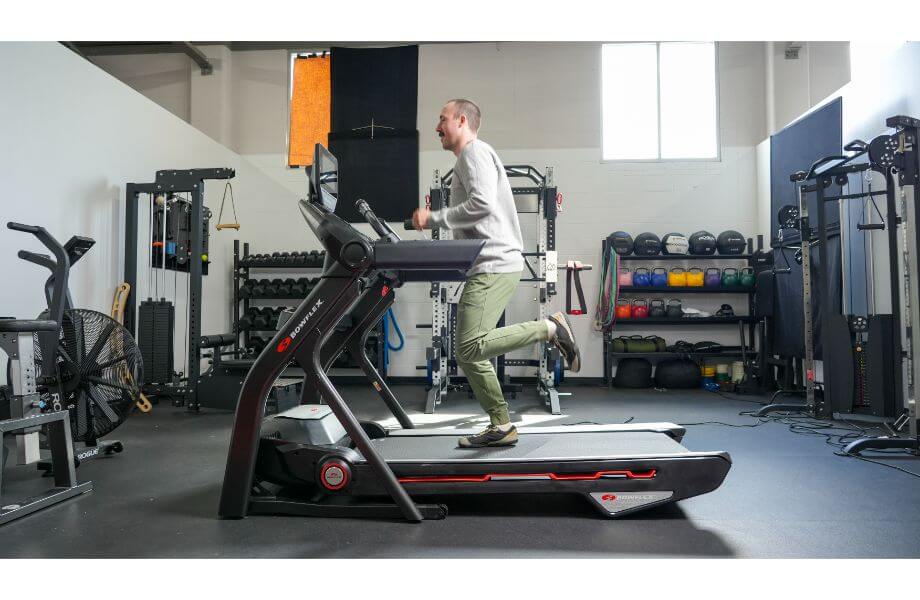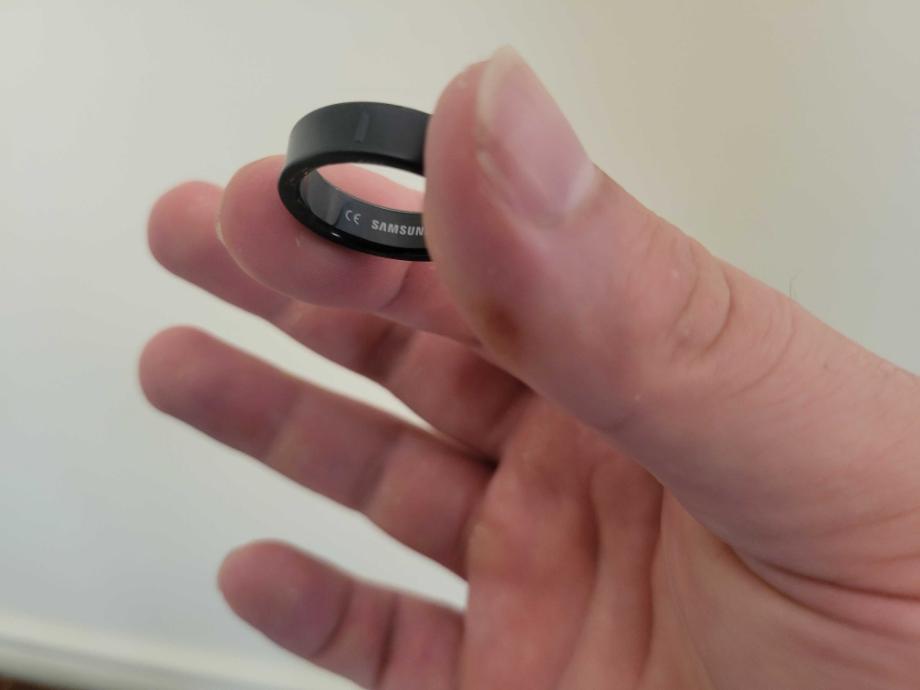Chafing is a common problem in runners1 and other athletes, second only to blisters. So if you’re wondering how to prevent chafing, you’re likely in the company of millions of others who are looking for some relief. The good news is that chafing-prevention techniques are really easy to incorporate into your existing routine.
There are a handful of really effective things you can do, like lubricating the area, wearing moisture-wicking clothing, and making sure your clothes fit properly. This is especially important when you’re working out; cycling and running are notably problematic in this area, since the combination of movement and sweat is the perfect breeding ground for chafing.
In this guide, we’ll cover what chafing actually is, and seven tips that can help you prevent the uncomfortable condition.

What Is Chafing?
Chafing is skin irritation that develops when your skin is exposed to excess friction.
“It can develop as a result of too much skin-on-skin contact, like when your thighs rub together,” says Amanda Capritto, GGR editor, certified personal trainer, and health coach. “Or it can occur when your skin constantly rubs against your clothing, like if you’re wearing a pair of denim shorts that keep uncomfortably riding up.”
Over time, chafing can disrupt the skin barrier, causing irritated skin and other common symptoms like pain, burning, redness, blisters, and swelling. Chafing can happen anywhere, but it most commonly occurs on the thighs, underarms, feet, and groin—basically any areas that constantly rub together.
How to Prevent Chafing
“There are a few ways that you can treat chafing, but the best thing you can do is prevent it from developing in the first place,” Amanda says. The main cause of chafing is excessive friction, but moisture plays a huge role too. As such, prevention centers around nipping these common causes in the bud.

Lubricate the Area
Lubricants minimize the friction that causes chafing and acts like a protective barrier, so applying them to affected areas can help. This is especially helpful for groin chafing, nipple chafing, and thigh chafing.
There are specialized anti-chafe sticks, balms, and lotions, but you can use regular old healing ointments like petroleum jelly, Aquaphor, or CeraVe (or even coconut oil), too. The American Academy of Dermatology2 (AAD) specifically recommends petroleum jelly like Vaseline for prevention and helping any existing wounds heal.
Powder helps get rid of excess moisture, but it might not work as well as anti-chafing cream because it’s more prone to clumping. If you do decide to use powder, find something that’s cornstarch-based and talc-free. While evidence isn’t totally conclusive, regular use of talc has been connected to increased risk of cancer, according to a January 2018 review in Epidemiology3.
Add a Physical Barrier

If lubrication isn’t enough, try a physical barrier. You can wear spandex compression shorts or bike shorts under looser-fitting shorts or shapewear under a dress.
RELATED: Best Workout Shorts for Women
Wear Moisture-Wicking Clothing

Moisture doesn’t directly cause chafing (you need friction for that). But according to a November 2017 report in Advances in Skin and Wound Care4, moisture can comprise the skin barrier, making it more susceptible to irritation and developing chafed areas. That’s why you may notice that your skin gets more irritated in hot weather when you’re sweating more.
Cotton is the go-to breathable material, but while it keeps you cool, it doesn’t really wick moisture. In fact, moisture soaks into cotton and it can take forever to dry. If you’re planning to sweat, make sure you’re wearing wool, polyester, nylon, rayon, spandex, and bamboo. These are the best moisture-wicking fabrics. Rayon and spandex are especially good for exercising.
Switch Your Undergarments
Don’t just stop at your outerwear. “The type of underwear you wear can also contribute to chafing, so you should make sure it’s breathable, moisture-wicking, and not causing any unnecessary irritation,” Amanda says.
Choose polyester or nylon underwear in hotter months. Cotton is okay if it’s cooler and you’re not sweating. If you wear wired bras, switch to seamless sports bras to prevent irritation and chafing from developing under your breasts—and make sure they’re not too tight.
Change Immediately After Exercising
Moisture and dried sweat can contribute to chafing, according to the U.S. National Library of Medicine5, so sitting in sweaty exercise gear isn’t doing you any favors. If you can’t shower immediately after your workout, get out of your wet clothing, pat yourself dry, and change into fresh clothes.
Make Sure Your Clothes Fit Properly

Loose-fitting clothes can make chafing worse since it creates excess friction. Instead, wear close-fitting (but not too tight) clothing. Bonus points if it’s made out of moisture-wicking fabric.
Pay Attention to Your Seams
Prominent seams on your clothing can irritate the skin and cause chafed skin. Look for seamless clothes or exercise gear that boasts flatlock seams. As a bonus, flatlock seams are more durable so you might find your clothing lasts longer, too. While you’re at it, remove any prominent tags from your clothes.
How to Prevent Chafing: Final Thoughts
Chafing is skin irritation that develops due to excessive friction. That can mean skin on skin (as is usually the case with thigh chafing) or skin against clothing. Chafing is annoying, but it’s usually preventable with a few lifestyle changes. The easiest way to prevent chafing is to lubricate the affected areas, wear moisture-wicking clothing, and change immediately after exercising.
How to Prevent Chafing: Q&A
Why Do I Chafe So Easily?
Many people experience chafing, but if it feels like you’re always dealing with it, you might have extra sensitive skin. It’s also possible that your skin rubs together too much. In either case, lubrication and a physical barrier in the form of spandex shorts or something similar will likely help.
Does Deodorant Prevent Thigh Chafing?
Deodorant isn’t just for your armpits; it can also act like a lubricant that helps prevent thigh chafing, but anti-perspirant is the better option. “Unlike deodorant which simply works to eliminate smell, antiperspirants help minimize sweating. The decreased moisture in your thigh area, along with the added lubrication, can help prevent chafing,” Amanda says.
Does Vaseline Prevent Thigh Chafing?
Yes, Vaseline can prevent chafing, according to the American Association of Dermatologists, who recommends applying petroleum jelly to the inner thighs or feet (or wherever you’re most prone to skin irritation).
References
- Purim KS, Leite N. Sports-related dermatoses among road runners in Southern Brazil. An Bras Dermatol. 2014;89(4):587-592. doi:10.1590/abd1806-4841.20142792
- American Academy of Dermatology. 5 ways to use petroleum jelly in skincare. 2023. Accessed October 5, 2023. https://www.aad.org/public/everyday-care/skin-care-secrets/routine/petroleum-jelly
- Penninkilampi R, Eslick GD. Perineal Talc Use and Ovarian Cancer: A Systematic Review and Meta-Analysis. Epidemiology. 2018;29(1):41-49. doi:10.1097/EDE.0000000000000745
- Woo, K, Beeckman, D. Management of Moisture-Associated Skin Damage: A Scoping Review. Advances in Skin & Wound Care: 2017;30(11):494-501. doi: 10.1097/01.ASW.0000525627.54569.da
- U.S. National Library of Medicine. Chafing. 2023. Accessed October 5, 2023. https://medlineplus.gov/ency/article/002034.htm







